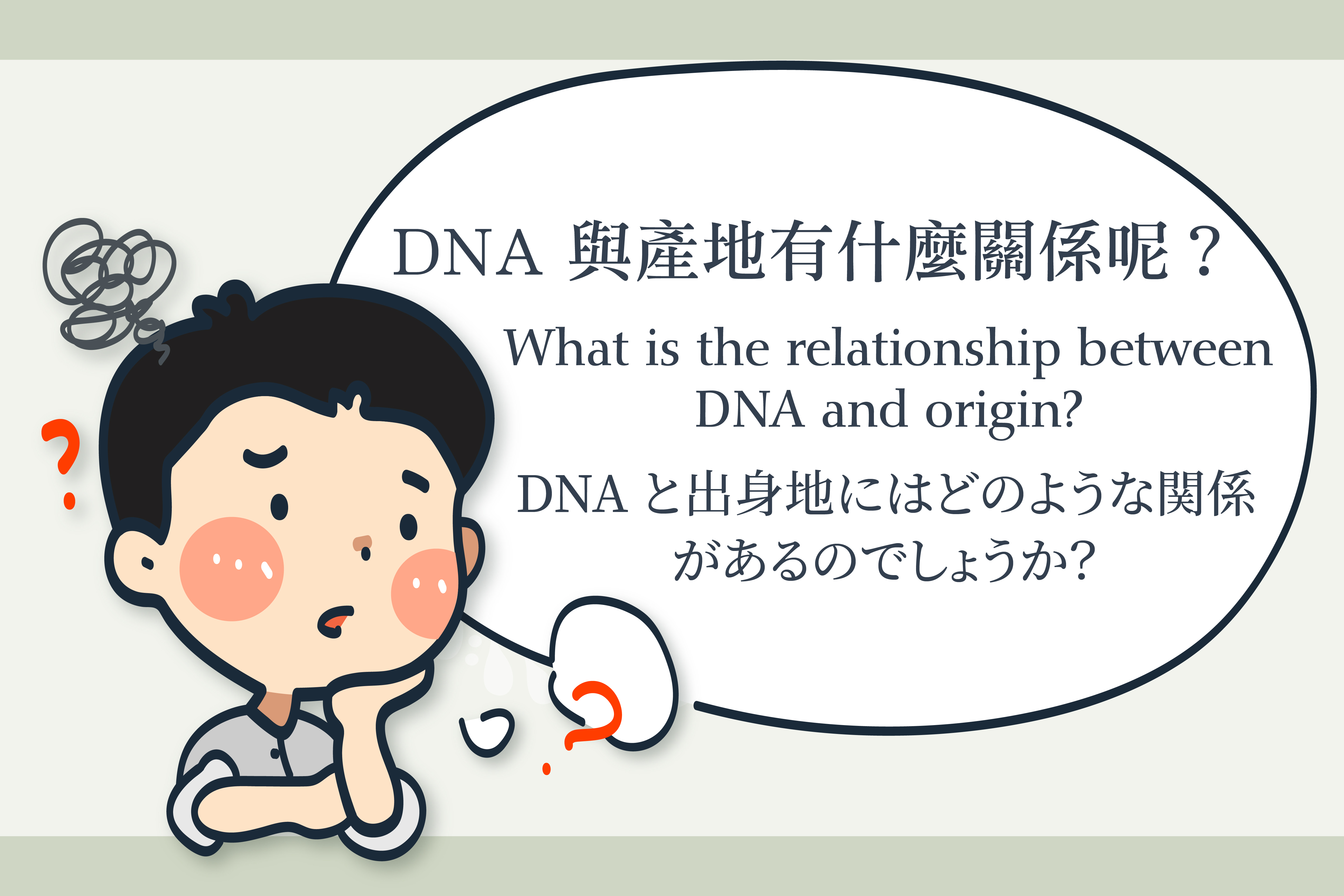Hi everyone, I'm Andy.
In addition to the pesticide issue in tea that has grabbed everyone's attention, the identification of tea origin has been a matter of concern in the market in recent years. DNA is the most commonly heard method of identifying the origin of tea. What is the relationship between DNA and origin?
Today, I would like to explain the origin of tea.
-What is origin identification DNA?
First of all, we need to know what DNA is. In simple terms, DNA is the substance that exists in cells. Basically, as long as they are from the same species, the DNA will be the same, just like the ID number of the species. Therefore, using the DNA of tea trees to identify the place of origin is an inaccurate way of speaking. Because if Taiwan's tea trees are taken abroad to be planted, the DNA will not be different because of the different places of origin. It's like taking a cat that was raised in Taiwan to a foreign country and it doesn't turn into a tiger.
What does the DNA of origin identification refer to? If we read the Method of Test for Multielement in Tea (TFDAF0032.00), we can see that the ratio of metal elements in tea is used to judge whether it is Taiwanese tea. The ratio of metal elements in the tea garden soil of each country is different. When the tea absorbs the metal in the soil, because of the different content ratio in each country, it can be the key to distinguish whether it is a Taiwanese tea, which is as unique as DNA.
For example, the metal ratios of tea trees planted in Taiwan are Lithium (Li), Vanadium (V), Chromium (Cr), Nickel (Ni), Copper (Cu), Zinc (Zn) =a:b:c:d:e :f (English letters are numbers). If the tea is not in these proportions, it may be a foreign tea. (In practice it is not so simple and must be judged after complex statistical analysis).
-Let's look at some of the problems which can be encountered when checking origin.
1. The cost of inspection is high.
2. Restrictions on the types of tea that can be inspected: At present, only spherical or hemispherical Oolong teas from common small-leaved tea trees in Taiwan can be accepted for inspection. Green tea, black tea, oriental beauty tea, broken tea, etc. cannot be inspected.
3. Deciphering the proportion of metallic elements: If the proportion of metal elements in foreign tea is changed to the same as that of Taiwanese tea, it is quite difficult to identify.
-As consumers, what do we need to watch out for?
With the rapid development of science and technology, there are a lot of ways to check the origin. The honesty of tea is the basic demand of consumers when buying tea. Regardless of the origin of the tea, as long as the taste, food safety and price of the tea meet the needs of the buyers, the origin is honestly the best tea.
There is never the best tea, only the tea that suits you.
I will share it with you here today, see you next time.
Online shop: https://shopping.yoshantea.com.tw/en/
#yoshantea #taiwantea #origininspection #MethodofTestforMultielementinTea #oolongtea #teafacotry #FSSC22000






